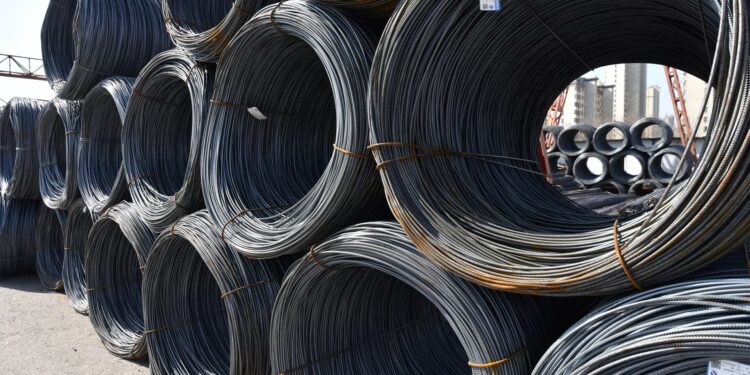Pittsburgh, Pennsylvania, United States – May 30, 2025 – In a move that has sent ripples through global trade markets, Donald Trump today announced a significant escalation in tariffs on steel imports, declaring the rate would increase from 25% to a striking 50%. The announcement, made at a rally in Pittsburgh, Pennsylvania, underscores his persistent commitment to a protectionist trade agenda, aiming to bolster the domestic steel industry and reduce reliance on foreign supply.
Speaking to a crowd largely composed of steelworkers and supporters at a US Steel plant, President Trump framed the tariff hike as a crucial step to “further secure the steel industry in the United States.” He asserted that whilst a 25% tariff allowed some foreign competitors to “get over that fence,” a 50% levy would make it impossible, ensuring American steel once again forms the “backbone of America.” The new tariffs are slated to take effect on Wednesday, June 4.
This declaration comes amidst a broader and already active period of tariff implementation by the Trump administration since its return to power in January. Earlier measures included a 25% tariff on most steel and aluminium imports. The latest move signals an intensification of his trade war, which has seen the US engage in a complex dance of duties with allies and adversaries alike.
The announcement was also intertwined with discussions surrounding a proposed partnership between Japan’s Nippon Steel and US Steel. Trump touted a massive $14 billion investment in US steel production, although specific details regarding the deal’s final structure and approval remained somewhat vague. He emphasised that US Steel would “continue to be controlled by the USA” and promised no layoffs or outsourcing for US steelworkers, even suggesting a $5,000 bonus for each.
Economists and industry analysts are quickly weighing in on the potential ramifications of this aggressive tariff increase. Historically, such measures have led to higher domestic prices for steel, impacting industries that rely heavily on the metal, such as construction, automotive, and manufacturing. While proponents argue it protects American jobs and capacity, critics caution about increased costs for consumers and the potential for retaliatory tariffs from other nations, which could disrupt global supply chains and exacerbate international trade tensions.
The US is currently the world’s largest importer of steel outside of the European Union, and a quarter of all steel used in the US is imported. The Trump administration believes these tariffs will incentivise US consumers to buy more American-made goods, increase tax revenue, and spur significant investment. However, past rounds of tariffs have often led to global economic disruption and strained diplomatic relations, even with close trading partners.
This latest move highlights President Trump’s unwavering belief in tariffs as a primary economic tool to reshape global trade dynamics. As the June 4 implementation date approaches, the world will be watching closely to observe the immediate market reactions and the broader, long-term impact of this significant policy shift on both the American economy and international trade relations.
newshub finance



Recent Comments